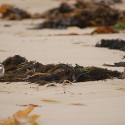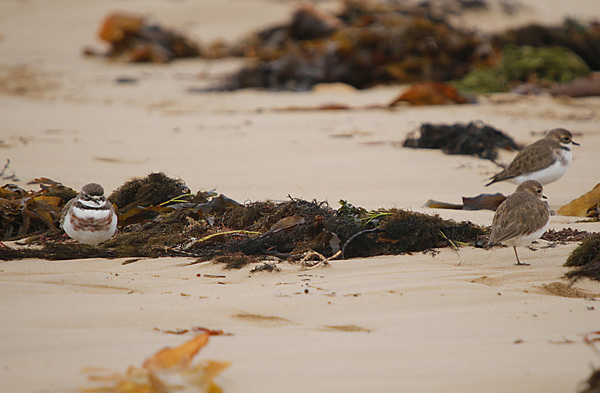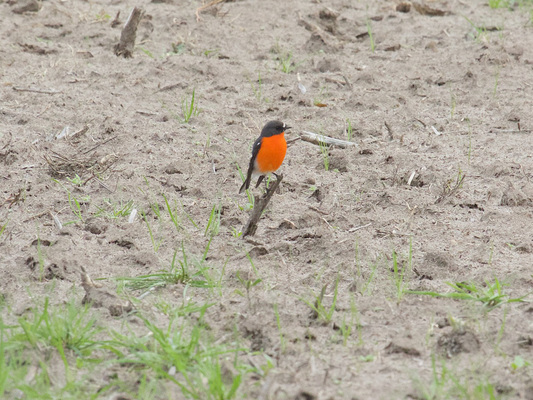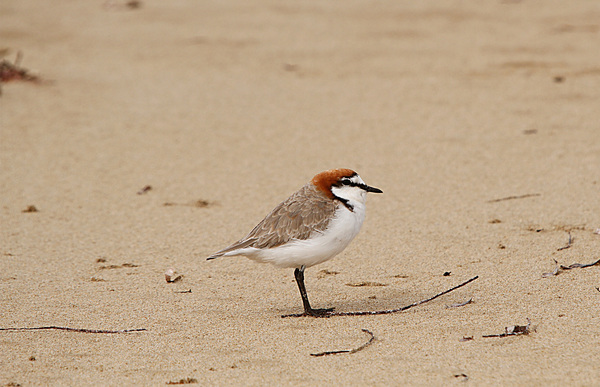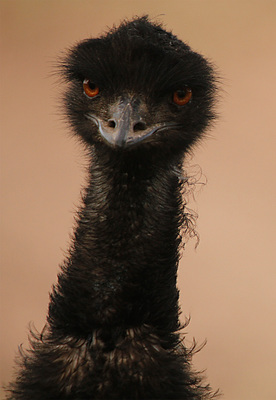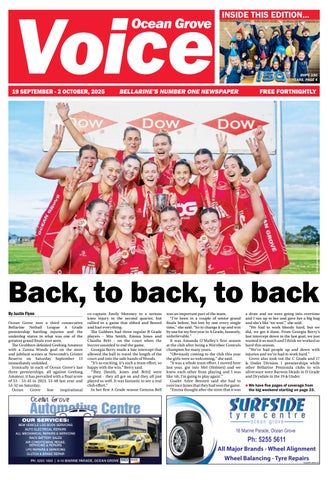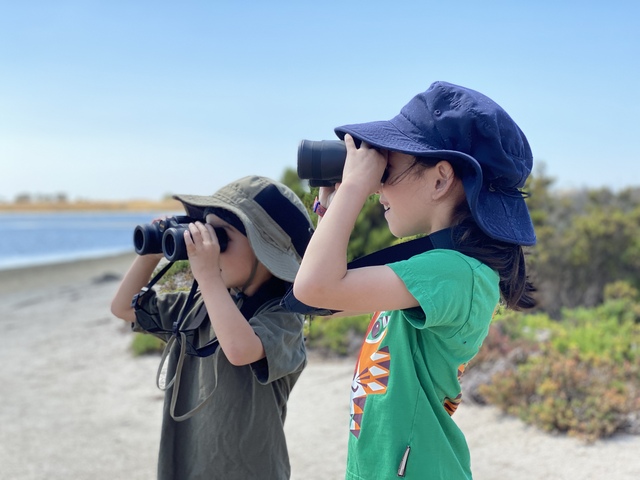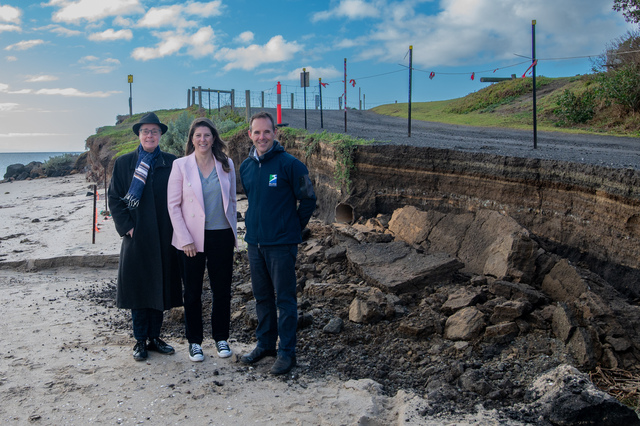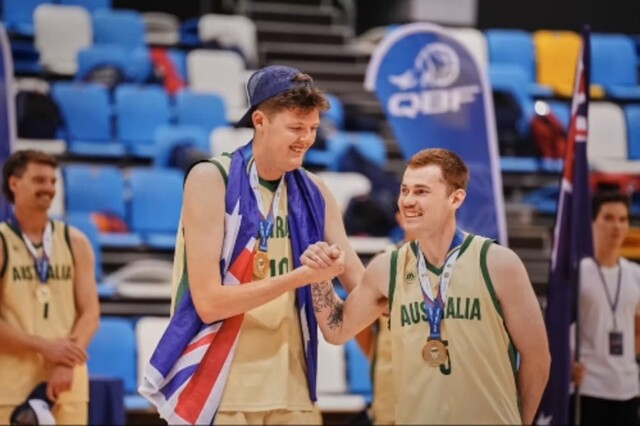Jen Carr, jennifer.carr6@bigpond.com
For the first time in months, I haven’t been out and about much, due to a combination of work and family commitments and some welcome wet weather.
There’s been some great follow up emails regarding the hawk that Susanne from Wallington photographed in her chook shed (as discussed in the last issue of ‘The Voice’). I thought that the bird was a collared sparrowhawk (CSH), because of the shape of the tail, the wide-eyed expression and the long, thin legs. Another feature that distinguishes a CSH from a brown goshawk is the presence of a long middle toe that obviously projects beyond the claws of the other toes. The CSH also has a slightly forked tail when it is folded.
Some very experienced and knowledgeable bird experts wrote to me with their opinions regarding the ID of the bird, and I think the jury is still out – some thinking that the bird was a brown goshawk and others saying the it was a CSH. This just highlights to me how difficult it is to distinguish similar birds. It certainly takes a lot of practice and skill.
I did drive to Point Impossible Beach one day before work and it was fabulous. I saw at least 40 red-capped plovers, two hooded plovers, and around 50 double-banded plovers. The double-banded plover breeds in New Zealand and moves back to south-eastern Australia in the winter. It is the only migratory shorebird that flies in a west-east direction, as all the others breed in the Northern Hemisphere. The breeding male (as seen in the photo) is white below and grey brown above with two bands across its chest. There is a black upper band and a wider chestnut lower band. The top of the head is white from the bill to the eye, and a a black band runs from eye to eye. The legs are greenish-yellow and the short slender bill is black.
The red-capped plover is the most common and widespread of Australia’s beach-nesting shorebirds. They are much more readily seen compared to hooded plovers. The male red-capped plover has a chestnut coloured crown and nape of the neck. They are not migratory shorebirds, but they can move around to inland and coastal areas of Australia.
On the way to Point Impossible, I saw the two emus that live in a paddock near Minya Winery walk right next to the fence, so I had a close encounter with them. They really are odd looking creatures and I think they were hungry and expected me to feed them; they looked quite expectant, and were probably mightily disappointed when all I produced was a camera.
Kevin sent me a beautiful image of a male flame robin, taken at the Ocean Grove Nature Reserve. He also observed about 120 crested terns sheltering from the wind at the Barwon River Estuary, near the Barwon Heads Bridge. I’ve never seen so many terns there before, and I want to thank Kevin for his photos and observations.
As part of the Barwon Estuary Project, there is a free bird photography workshop being held on Sunday 19 June. To find out more and register your interest, you can email the project organisers at barwonestuary@gmail.com. There is also a guided walk planned at the estuary on Sunday 14 August from 2pm to 4 pm, so keep the date free.
You can check out the activities organised at the Ocean Grove Nature Reserve by linking with their Facebook page. Also the Bellarine Birdlife group undertake some great activities, and you can find out about what is happening by accessing the website at birdlife.org.au/locations/birdlife-bellarine-peninsula.

